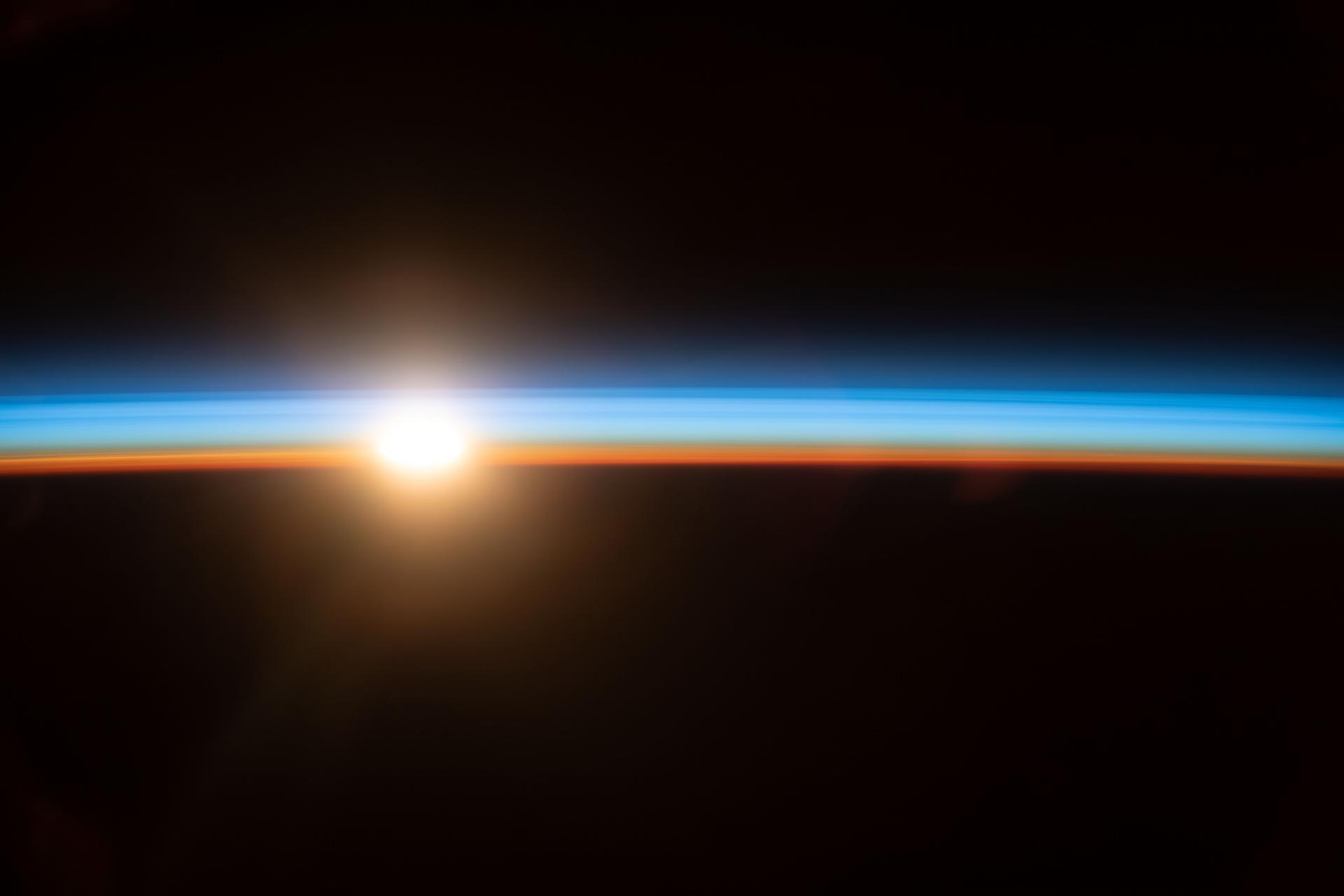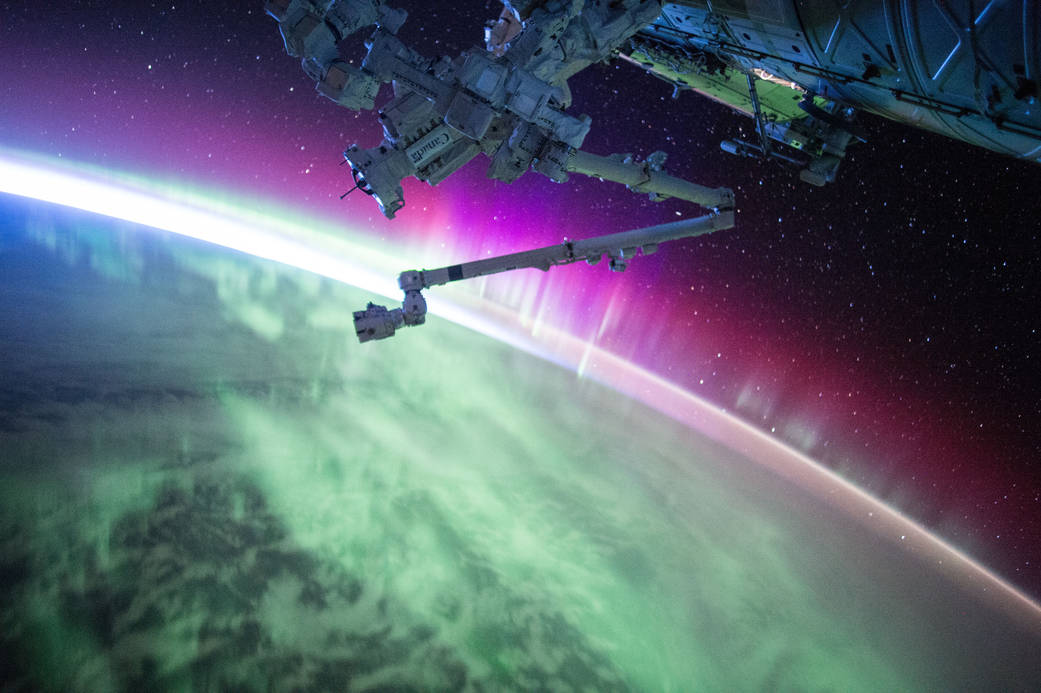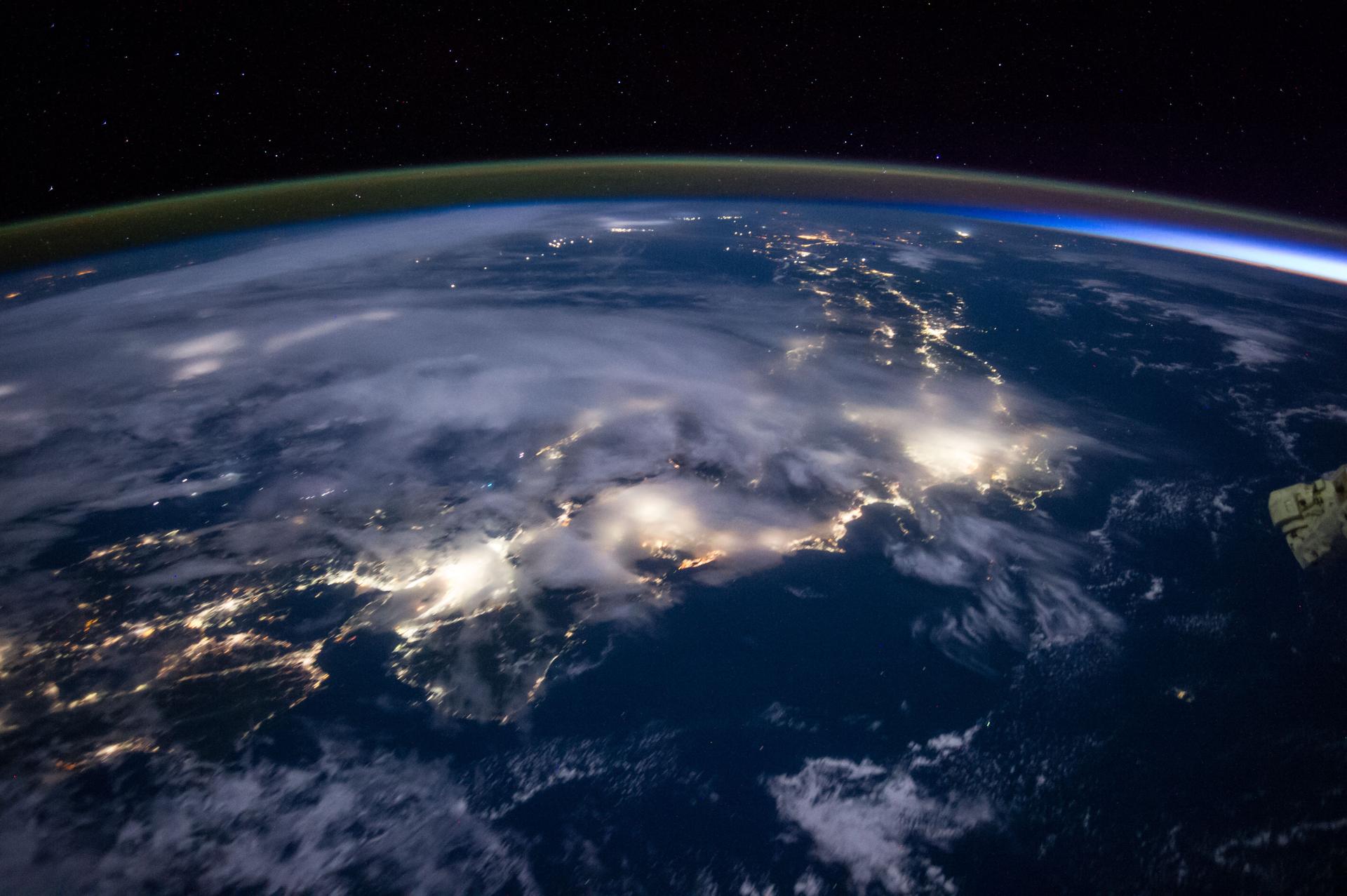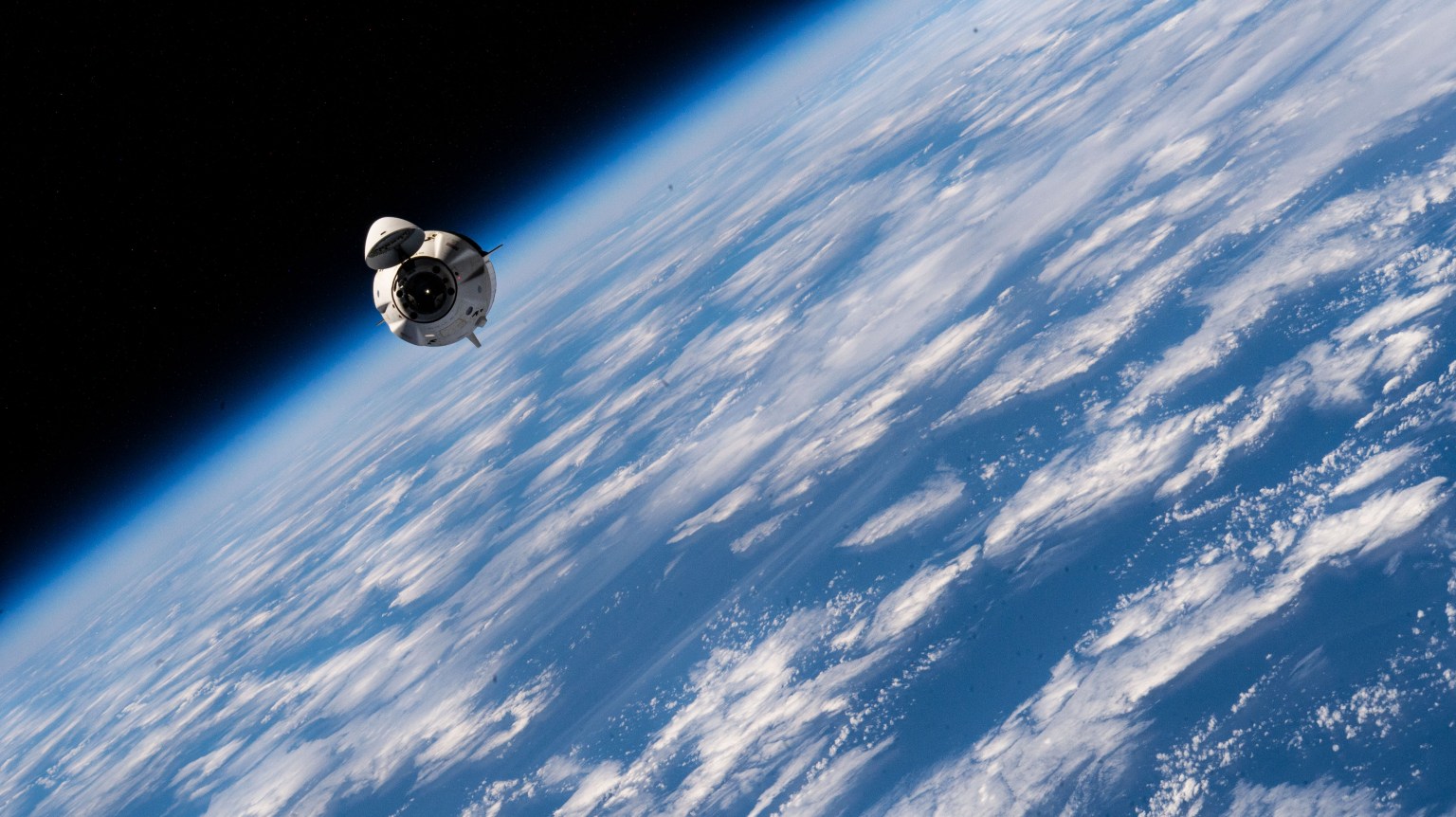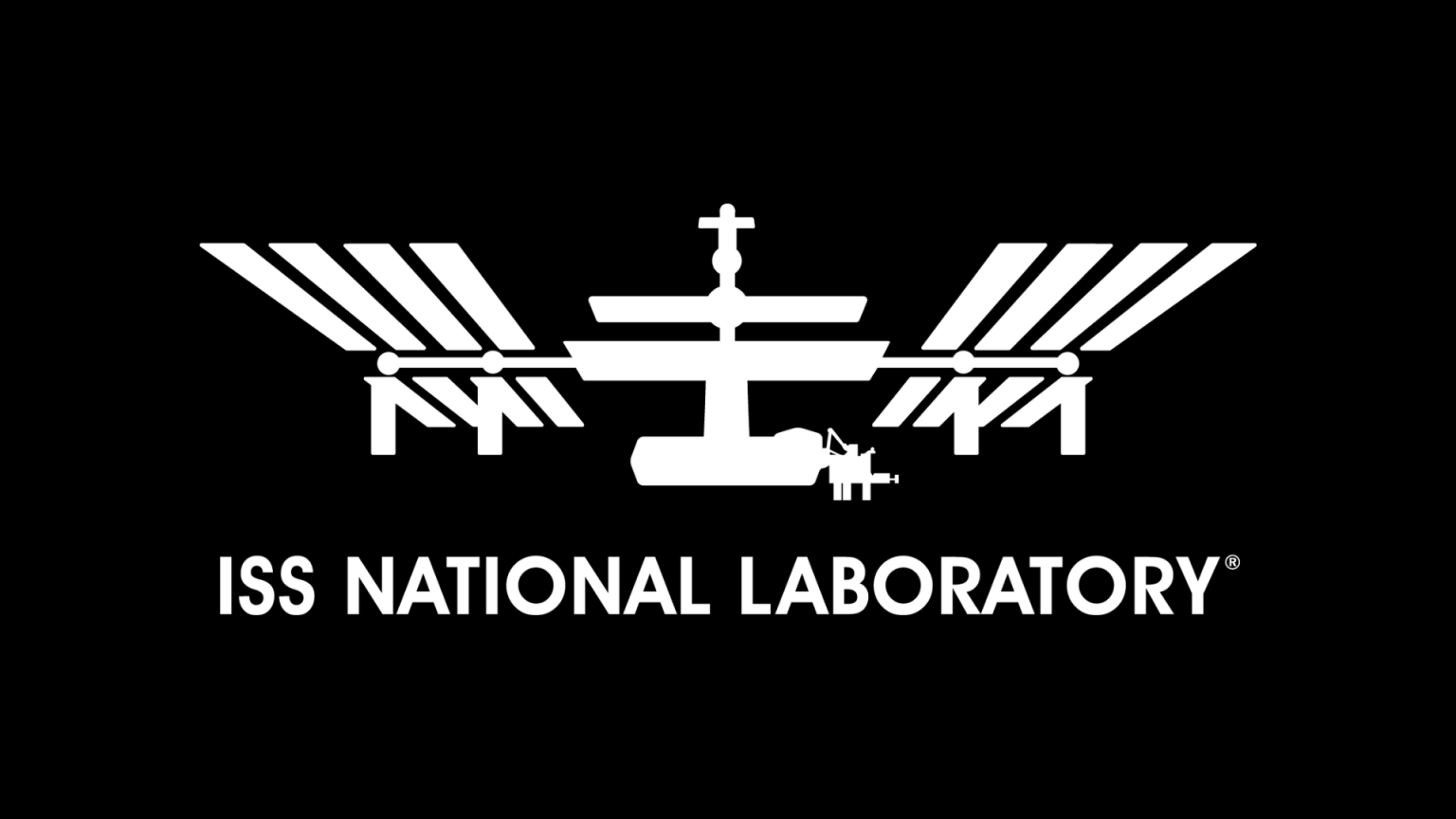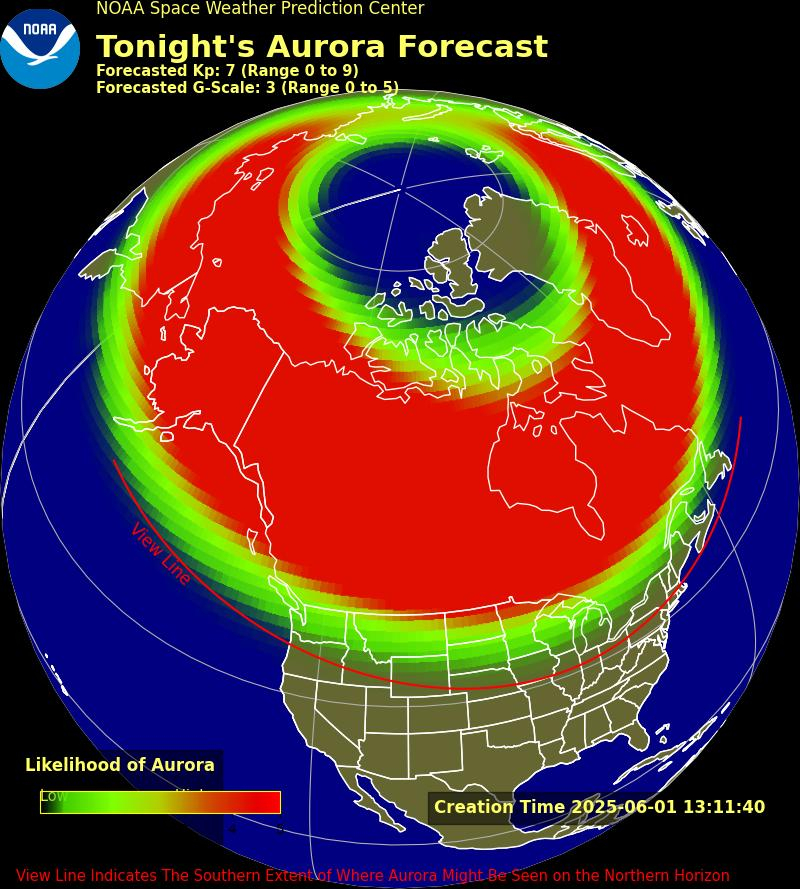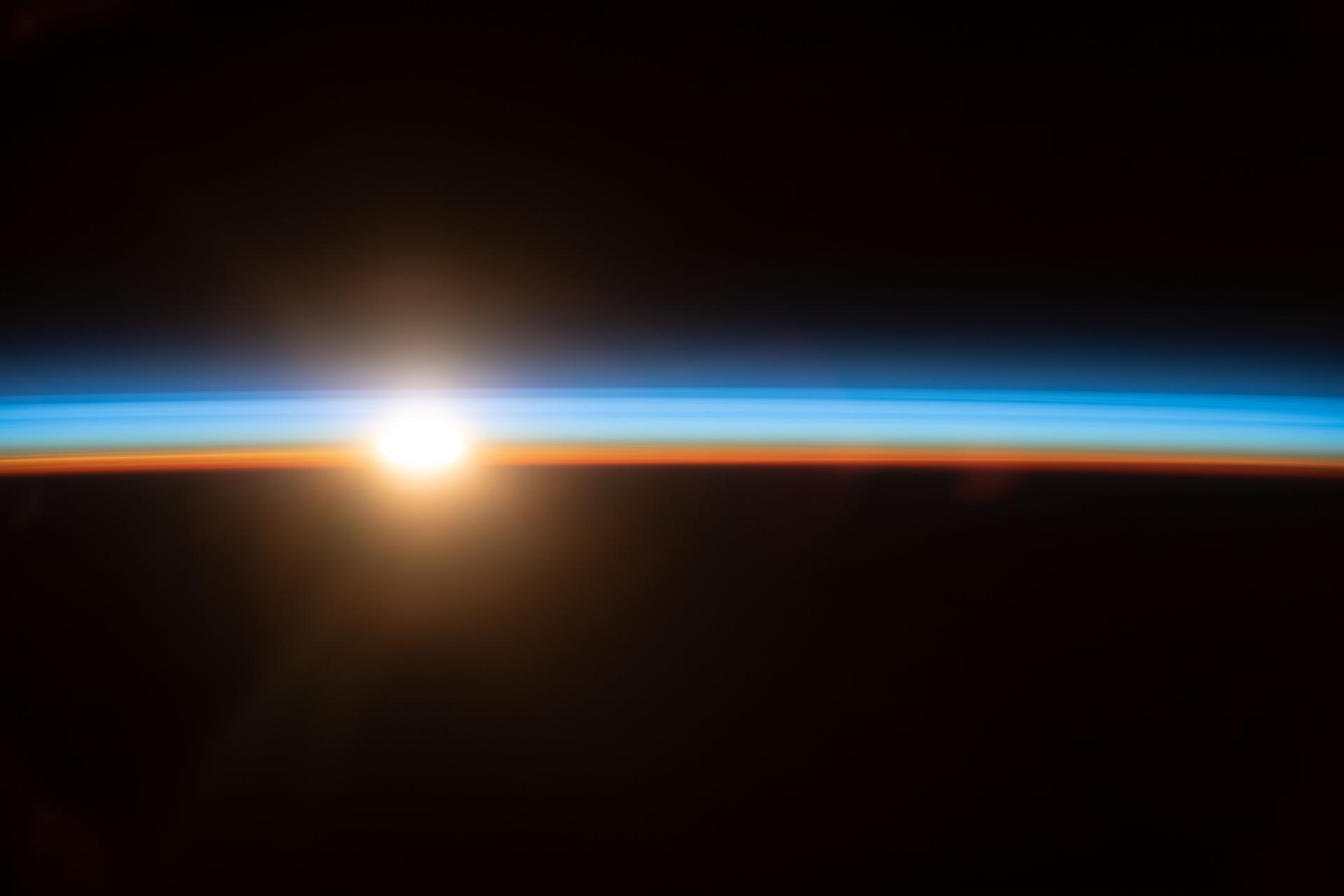
NASA supports a robust commercial space economy that advances American industry and promotes technological discovery through in-space work and research. American companies will continue to play an essential role in establishing a sustainable presence in space.
Answers to frequently asked questions about the low Earth orbit economy, private astronaut missions, and collaborating with NASA’s Commercial Low Earth Orbit Development Program are located on this page.
Low Earth Orbit FAQs
What is LEO (low Earth orbit)?
Low Earth orbit (LEO) encompasses Earth-centered orbits with an altitude of 1,200 miles (2,000 km) or less. This orbit is considered near enough to Earth for convenient transportation, communication, observation, and resupply. It also is the area where the International Space Station currently orbits and where many proposed future platforms will be located.
What is the LEO Economy?
Low Earth orbit economy is the production, distribution, and trade of goods and services this region of space. As technology progresses, the market will grow to include government agencies, commercial providers, academic organizations, and potentially more, all contributing to the LEO economy’s continued expansion and supporting future sustainable space enterprises.
Why is expanding in LEO important?
Space is a growing industry and low Earth orbit is full of opportunity. Establishing a robust commercial space economy ensures that national interests for research and development in low Earth orbit are fulfilled, while also allowing NASA to focus government resources on deep space exploration through the Artemis program. NASA’s goal is a low Earth orbit marketplace where NASA is one of many customers, and the private sector leads the way.
Who is involved?
NASA has partnered with American private industry throughout its history of spaceflight, including through public-private for commercial resupply missions, commercial crew activities, and the research and development from the ISS National Lab aboard the International Space Station. American companies will continue to play an essential role in establishing a sustainable presence in space.
Why is NASA interested in commercializing low Earth orbit (LEO)?
The commercialization of LEO is the next step in humanity’s exploration of the solar system. Low Earth orbit provides an ideal environment for crew training, research, and hardware testing for exploration use. NASA will need access to a human-rated destination in LEO following the life of the International Space Station, and the agency intends to be a significant customer of space services.
To support the development of future commercial destinations and services, NASA is increasing access to the resources and infrastructure of the International Space Station to assist the commercial sector in developing and deploying new capabilities in LEO. Both U.S. Congress and the National Space Council have stated that it is in the national and economic security interests of the United States to encourage the development of a healthy and robust commercial sector in LEO.
Are NASA crewmembers allowed to perform commercial and marketing activities?
Yes. Approved commercial and marketing activities consistent with NASA’s policy are allowed under the Code of Conduct for the International Space Station Crew, which sets forth minimum standards for crewmembers.
What are the media guidelines? What are the advertising guidelines?
NASA provides specific regulations for agency content used in commercial and marketing activities.
What is NASA commercial and marketing pricing?
NASA released a commercial and marketing pricing policy reflecting initial rates to gauge the depth of the commercial market in LEO. These rates offer interested companies a way to plan their business models as NASA moves towards a commercial mode of operation. NASA expects to revisit the pricing policy semi-annually and will adjust it as market forces indicate.
Legal FAQs
What happens to intellectual property generated during LEO activities?
The allocation of rights in inventions and data depends on the terms of any applicable agreements or contracts. Under NASA contracts and agreements, partners have the right to retain, or obtain, ownership of inventions they develop under their contract or agreement. Under most procurement contracts, NASA is required to retain a government-purpose license in inventions and data created under the contracts. Allocation of rights under partnership agreements are more flexible. In general, NASA’s partners are not restricted in their use and distribution of data they first produce in the performance of an agreement, or data first produced by NASA under a collaborative or reimbursable agreement.
To facilitate the commercial development of critical technologies needed for human space exploration, NASA takes steps to ensure that its contractors and partners retain the maximum rights permitted by law, unless NASA has identified a specific need for it to obtain rights in intellectual property for its own purposes as part of an agreement. It is part of NASA’s mission to “seek and encourage the fullest commercial use of space,” so it is NASA’s interest to ensure that its contractors and partners can leverage investment to advance commercial space activities.
What can the government utilize intellectual property for under a government purpose license?
While there is no specific definition for the scope of a “government purpose license,” a typical license grant regarding an invention (or similarly for data), might state: “…the government shall have a nonexclusive, nontransferable, irrevocable, paid-up license to practice, or have practiced for or on its behalf, the subject invention throughout the world.” (FAR 52.227-11, Patent Rights-Ownership by the Contractor). The government may practice the invention itself, or the government may permit another to practice it on its behalf (for the purpose of benefitting the government).
What are march-in rights?
The Bayh-Dol Act provides federal agencies with “march-in rights.” (see, 35 U.S.C. § 203). March-in rights allow the government to require the contractor (or patent assignee) to grant a reasonable “nonexclusive, partially exclusive, or exclusive license” to a “responsible applicant or applicants,” if certain specific circumstances exist. The foundation of the Bayh-Dole Act supports the principle that inventions resulting from federally funded research should benefit the American people. Should the patent owner refuse to grant the license, then the government can grant the license itself.
Does the government always retain march-in rights?
Yes, if the Bayh-Dole Act applies, as these rights are statutorily granted pursuant to this act (35 U.S.C. § 203). However, NASA knows of no instances, within the over 38-year-old history of the Bayh-Dole Act, when these march-in rights were ever exercised by any federal agency.
Private Astronaut Mission FAQs
Who is considered an International Space Station crew member?
Anyone who is on the International Space Station, including NASA astronauts, international partner astronauts, or private astronauts.
What is a private astronaut mission?
A private astronaut mission is a privately funded, commercial flight to the International Space Station whereby approved commercial activities are conducted by private astronauts on the orbiting laboratory. These private missions must use U.S. transportation that meet the space station’s visiting spacecraft requirements and are normally less than 30 days in duration.
Who selects the crew for a private astronaut mission?
The private astronaut mission provider is responsible for selecting the crew and ensuring they meet NASA’s medical standards and certification procedures for the International Space Station crew consistent with their role on the mission.
What activities will private astronauts perform on the space station?
Activities performed on the space station will be dependent on the level of training and the agreements in place. A private astronaut assigned to a mission on the space station will fulfill duties within the approved commercial and marketing activities outlined in the NASA Interim Directive, including certain promotional capabilities meeting the requirements of the government and routine operations of the space station.
What requirements must private astronauts meet?
Private astronauts will have to meet FAA (Federal Aviation Administration) regulatory requirements, which include liability waivers, insurance, and indemnification during launch and re-entry activities.
What support will NASA provide to private astronauts?
NASA will perform space station mission integration for all private astronauts to ensure the safety and efficiency of operations onboard. Additional support will be provided on a mission-specific basis depending on the provider’s needs and requests. This support may include, but is not limited to, cargo launch and return, on-orbit ambient and conditioned stowage, crew time, life support services, crew support consumables (e.g., food, crew provisions, medical kits), exercise equipment, power, camera/video use, and data downlink.
Will NASA charge the private astronaut mission provider?
NASA’s total service cost will vary by mission and is funded by the private astronaut mission provider. The value of individual services (e.g., crew time, cargo return, on-orbit stowage) will be determined in conjunction with the goals and requirements of the private astronaut mission. Prices will be consistent with the published pricing policy for the services requested.
Can a private astronaut perform voluntary services for NASA?
Under the law, a government agency is not allowed to accept voluntary services from an individual or entity. That means that a private astronaut who is on the space station for the purpose of commercial and marketing activities cannot perform activities for the direct benefit of NASA. If a private astronaut meets training and other requirements, that person can provide direct support to NASA under an alternate arrangement.
What kind of agreement will NASA have with a private astronaut mission provider?
Depending upon the goals and requirements proposed for a particular mission, and the entity providing resources or services, private astronaut mission providers may operate on the space station pursuant to a Federal Acquisition Regulation based contract, a space act agreement, and/or other arrangement as deemed appropriate under the circumstances.
How many private astronaut missions to the space station can be supported?
NASA anticipates supporting up to two short-duration missions with private astronauts per year, dependent on visiting spacecraft traffic planning constraints and the health and performance of space station systems. U.S. companies responding to the fourth focus area of the NASA Research Announcement will include the number of crew members for the mission and its duration as part of their proposal. NASA will evaluate mission feasibility at the time of proposal.
How can I become a private astronaut?
Regardless of background, whether for professional or personal reasons, anyone interested in becoming a private astronaut must arrange through a U.S. entity that has an agreement with NASA to conduct a private astronaut mission.
Commercial LEO Partnerships FAQs
What companies is NASA working with for commercial activities in low Earth orbit (LEO)?
Commercial Destinations & Platforms
- Axiom Space
- Blue Origin
- SpaceX
- Sierra Space
- Starlab Space
- ThinkOrbital
- Vast Space
Commercial Cargo Transportation Providers
- Northrop Grumman
- Sierra Nevada
- SpaceX
Commercial Crew Transportation Providers
- Boeing
- SpaceX
Interested parties can seek information directly with entities in a variety of commercial space categories. Commercial activities may be available directly by providers of commercial destinations and commercial transportation.
My company is developing a space capability that could contribute to the low Earth orbit (LEO) ecosystem. Can we contact NASA’s Commercial LEO Development Program?
NASA’s Commercial LEO Development Program is facilitating the development of an end-to-end commercial destinations’ capability utilizing a two-phased strategy. The Phase I portion of strategy, currently being executed, focuses on early design maturation and the Phase II portion will focus on certification and services. The program competitively selected companies to support Phase I and are working under funded Space Act Agreements (SAA).
Toward the conclusion of Phase I, NASA’s Commercial LEO Development Program will have another full and open solicitation. At that time commercial companies can submit proposals for consideration for certification and services. The program’s overall goal is to be one of many customers occupying the commercial destinations after the International Space Station retirement.
For other opportunities and more information on how to collaborate with NASA, visit the NASA Johnson Space Center’s partnerships website.
Can NASA introduce us to companies which are developing low Earth orbit (LEO) destinations?
Any commercial company interested in communicating or partnering with a LEO destination provider should contact the company directly.
What about unfunded Space Act Agreements like the Collaborations for Commercial Space Capabilities (CCSC)? Will NASA’s Commercial Low Earth Orbit Development Program be offering more of those?
The second Collaborations for Commercial Space Capabilities-2 initiative (CCSC-2) is designed to advance commercial space-related efforts through NASA’s contributions of technical expertise, assessments, lessons learned, technologies, and data. Structured sharing of NASA’s expertise demands minimal government resources but fosters development of capabilities that can be crucial to development of a robust low Earth orbit economy.
NASA has partnered, through unfunded Space Act Agreements, with seven U.S. companies to meet future commercial and government needs, ultimately benefitting human spaceflight and the U.S. commercial low Earth orbit economy. The CCSC2 unfunded agreements were announced in the summer 2023 with a five-year term, and there are no current plans for additional rounds.
Is there any other way my company can collaborate with NASA in developing our space capability?
NASA offers extensive experience in advanced engineering and testing capabilities, cutting-edge research and technology development, as well as unique assets such as land, facilities, and laboratories for use by commercial industries, academic institutions, government agencies and international entities. For companies interested in collaborating with NASA, visit the agency’s partnerships website and contact an applicable center.
We are interested in having a private astronaut mission to the International Space Station. How can we propose that?
A private astronaut mission is a short duration, privately funded, commercial flight to the International Space Station, whereby approved commercial activities are conducted by private astronauts on the space station. These private missions must use U.S. transportation vehicles that meet NASA’s space station visiting vehicle requirements.
For additional questions related to private astronaut missions, see the frequently asked questions section above or contact hq-leo-economy@nasa.gov.
We are interested in a commercial use of International Space Station. How can we propose that?
Companies interested in a commercial use of space station should submit a proposal/white paper as described in NASA Research Announcement (NRA) NNJ13ZBG001N Focus Area 3. For information, reference the NSPIRES solicitations summary.
We are interested in flying a payload on International Space Station to research the effects of microgravity. How can we propose that?
Congress designated the International Space Station as a U.S. National Laboratory in 2005, enabling space research and development access to a broad range of commercial, academic, and government users. The ISS National Laboratory is responsible for managing all non-NASA research, and all investigations require the capacity to utilize microgravity for the benefit of humanity. Through the ISS National Lab, this unique space-based research platform is available to U.S. researchers from small companies, research institutions, Fortune 500 companies, government agencies, and others, all interested in utilizing the space environment to solve complex problems on Earth.
Companies or organizations interested in having a payload aboard the space station should send their inquiries to the ISS National Laboratory’s Center for the Advancement of Science in Space.
We are exploring producing material in space for sale on Earth. Is there a way we can work with NASA?
NASA supports In Space Production Applications awards to help the selected companies raise the technological readiness level of their products and move them to market, propelling U.S. industry toward the development of a sustainable, scalable, and profitable demand for services and products in LEO.
These commercialization awards provide opportunities for NASA to reduce its future costs in LEO, enabling deep-space missions farther from Earth, including the Moon and Mars. NASA is leading commercial LEO development efforts to stimulate non-NASA demand for commercially owned and operated orbital destinations from which NASA can purchase services as one of many customers.
For additional information on in space manufacturing and the InSPA initiative, reference the InSPA applications page and Humans in Space information page.
For additional questions, contact us at: hq-leo-economy@nasa.gov.
